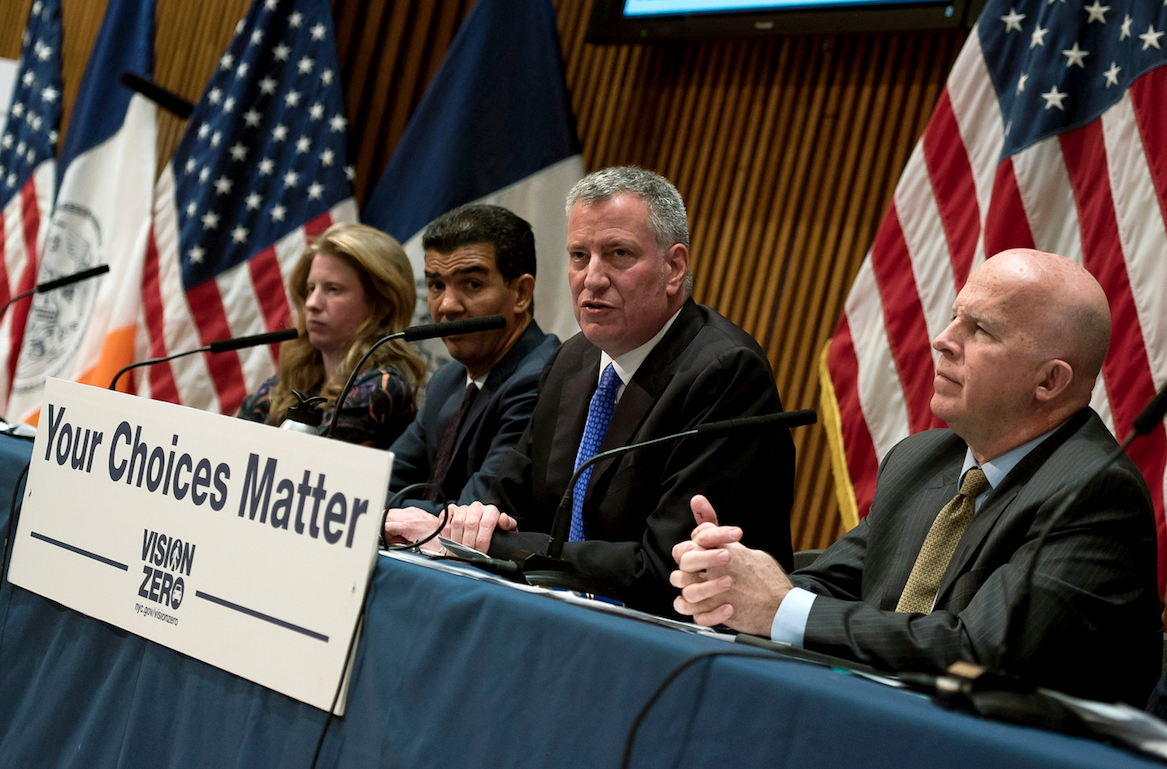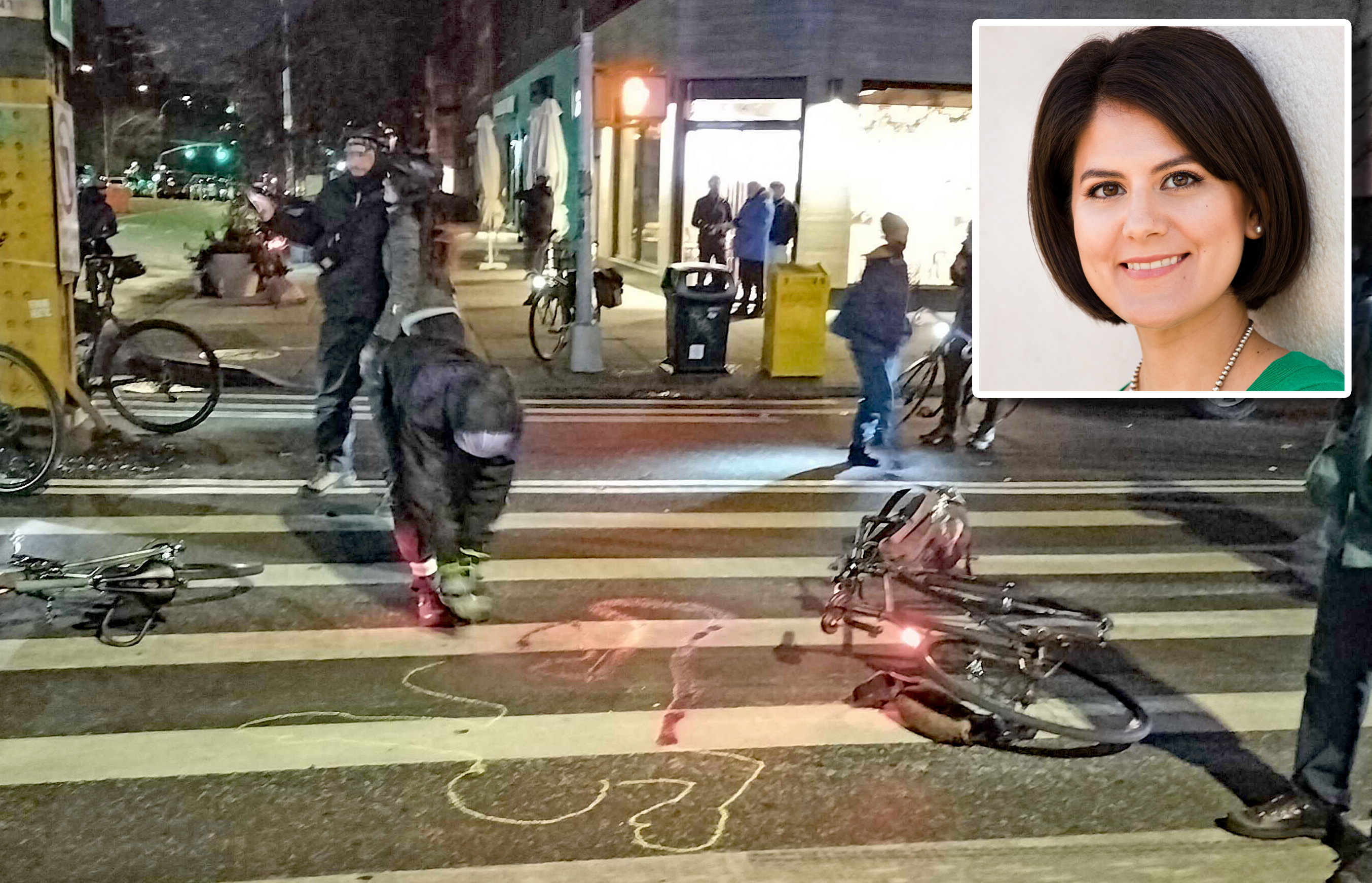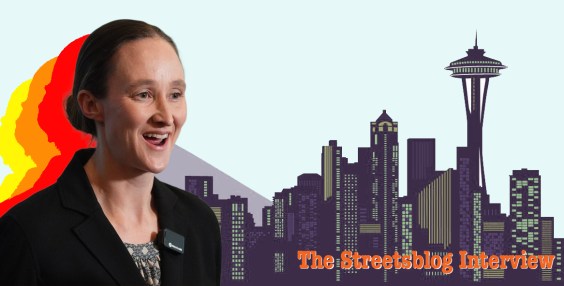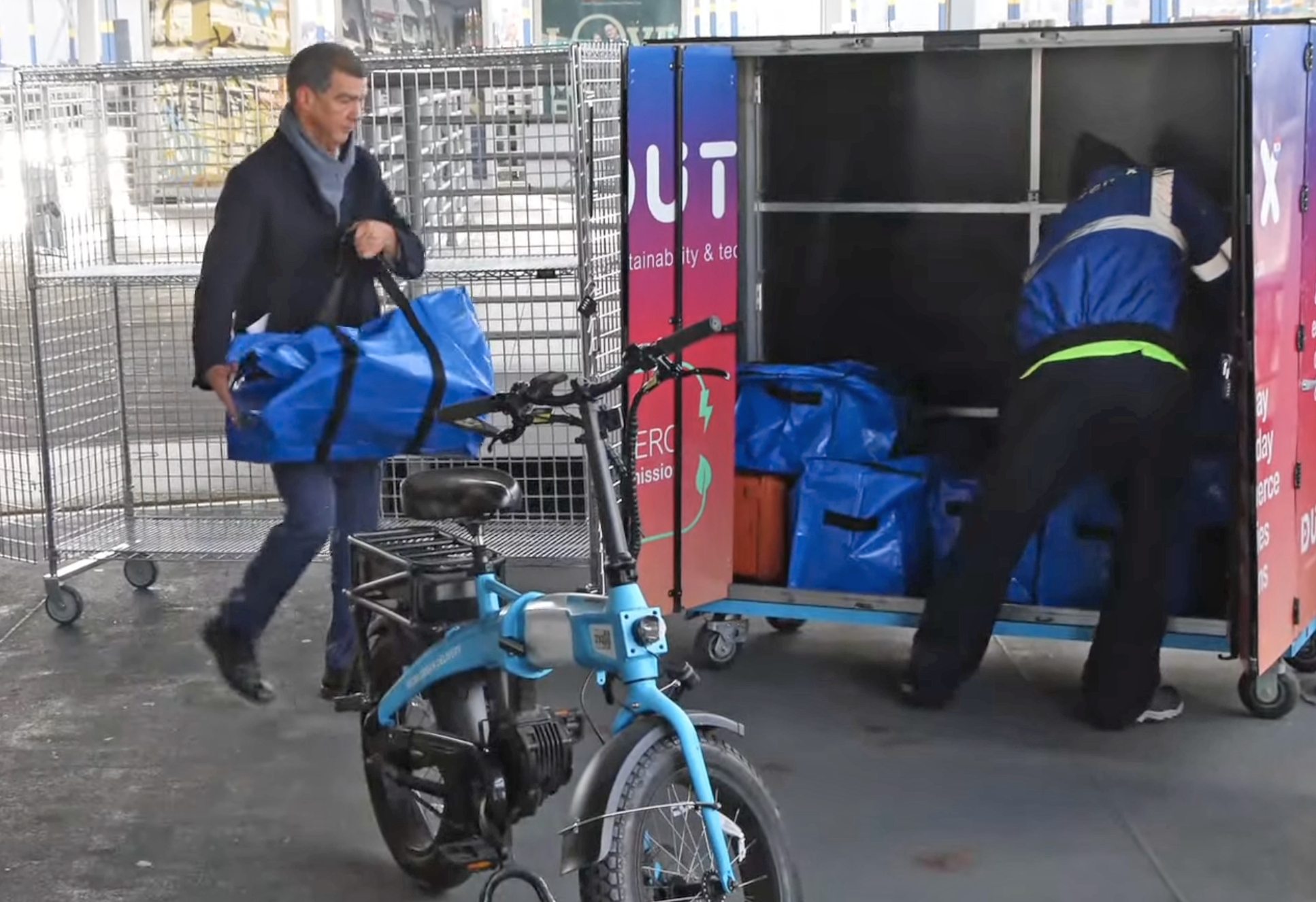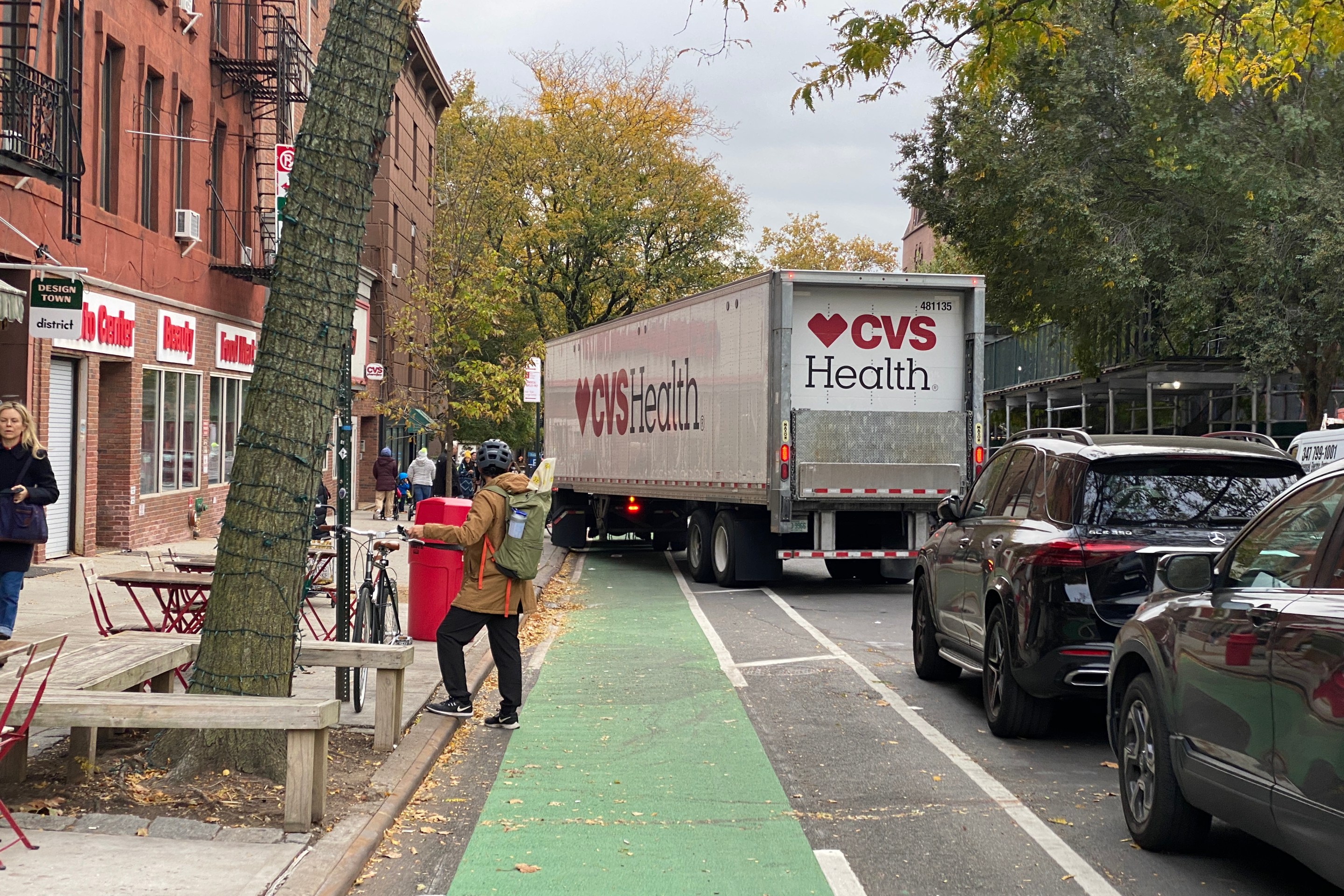NYPD has increased tickets for speeding and texting while driving 50 percent so far in 2017 compared to the same period last year, Commissioner James O’Neill testified at a City Council budget hearing last week. Speeding and distracted driving are two of the most common factors in fatal and injurious crashes in NYC, so it stands to reason that this shift in enforcement is reducing the incidence of dangerous driving. But there's no way to actually tell if those summonses are changing driver behavior.
While traffic fatalities continue to decline in NYC, the effect is most clearly understood in terms of DOT's engineering changes and automated speed cameras. The locations of these interventions are publicly known, which makes before-and-after analysis a relatively straightforward matter. There is no equivalent technique to assess the relationship between street safety outcomes and NYPD enforcement efforts.
At the hearing, Council Member Brad Lander told O'Neill he wants to see more from NYPD about how its education and enforcement campaigns affect driver behavior. "It is good to put up billboards, and it is good to increase enforcement of offenses that lead to people getting killed and injured, but we also need to take an approach that uses that enforcement to help people change their behavior," he said. "What I don't think we're yet doing is using that very expansive enforcement program to think about consequences in a way that will help drive behavior change."
Even with precise geographic information about traffic summonses, crash data alone don't provide sufficient detail about behavior change. You can't tell whether the incidence of speeding, red-light-running, or distracted driving changes in response to enforcement. That's where data collected by the company Zendrive could come in handy.
Zendrive collects information on driving behavior from anonymized data generated through people's mobile devices. Phones enabled with the company's technology can relay data not only about when drivers are looking at their phones, but also how fast they’re driving at any given moment, or if they make hard turns at intersections. Zendrive collects data from tens of millions of trips in New York City each month.
“The police department is out and they’re reporting on the number of tickets they’re issuing, but that’s only one data point — and it’s an input," said Zendrive's Noah Budnick. "The data that we have could help measure impact in real-time."
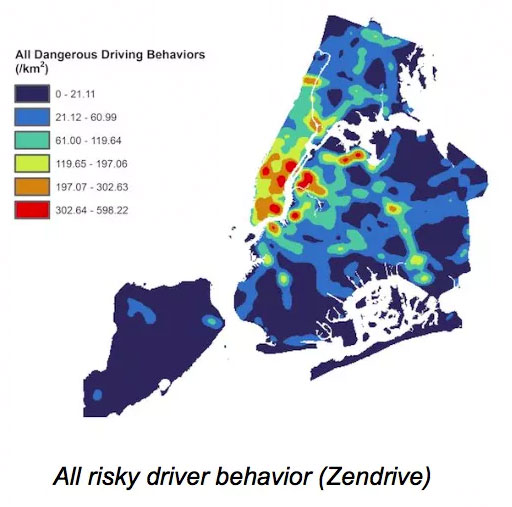
Researchers at NYU's Tandon School of Engineering recently produced a report using Zendrive data to map the prevalence of dangerous driving behaviors -- phone use, fast acceleration, and hard braking -- on NYC streets [PDF]. The same basic technique could assess whether NYPD traffic enforcement is changing how people drive.
Without this type of detailed information on driver behavior, the impact of NYPD traffic enforcement is anyone's guess.
